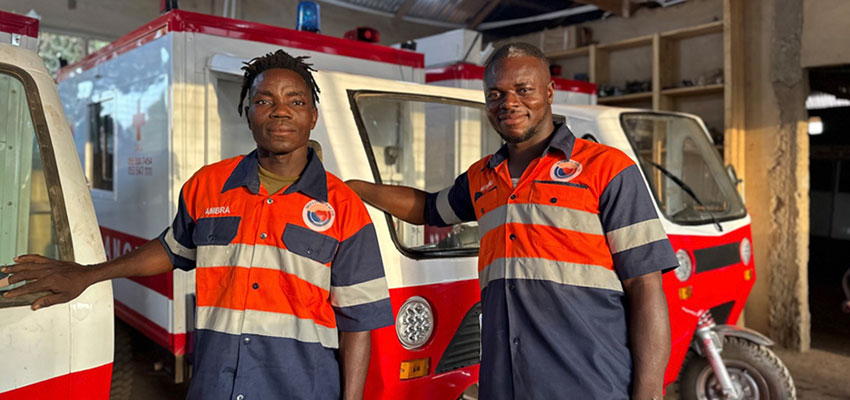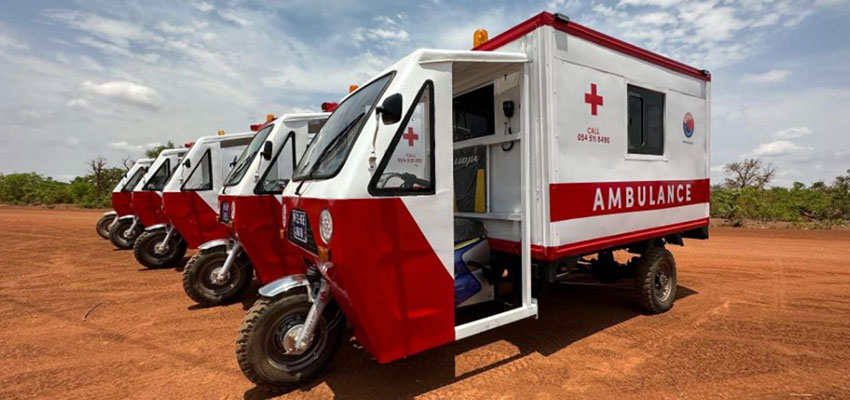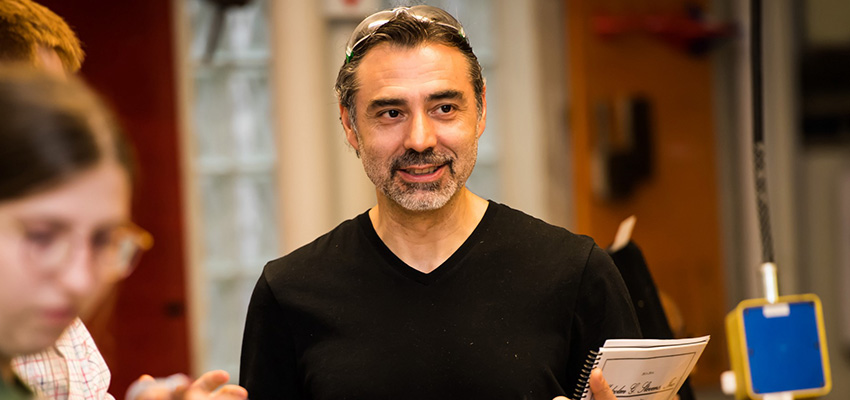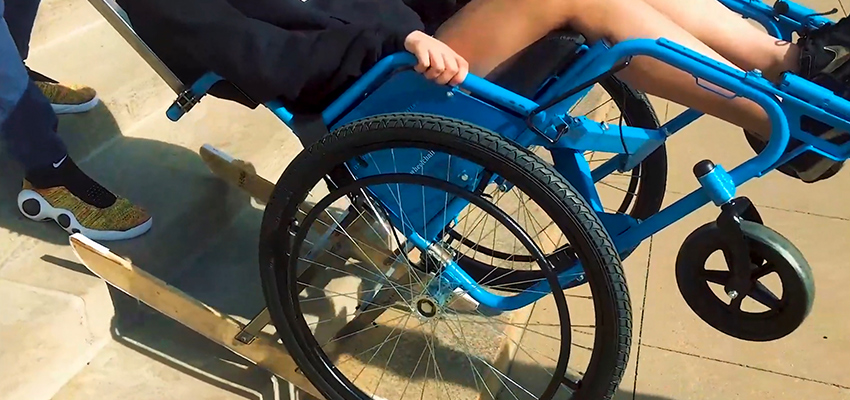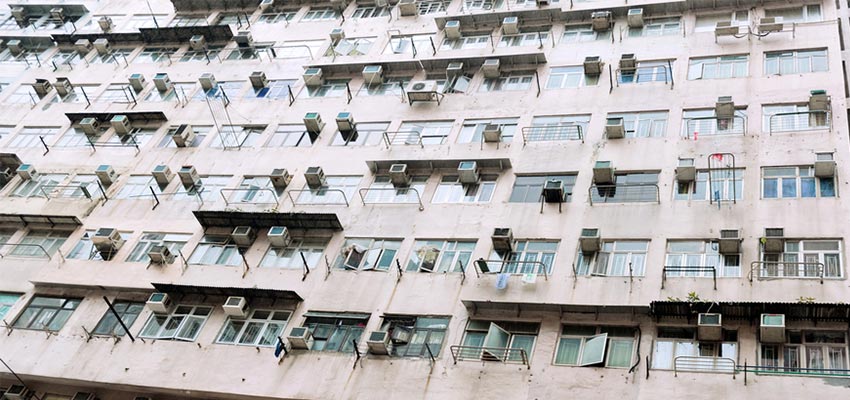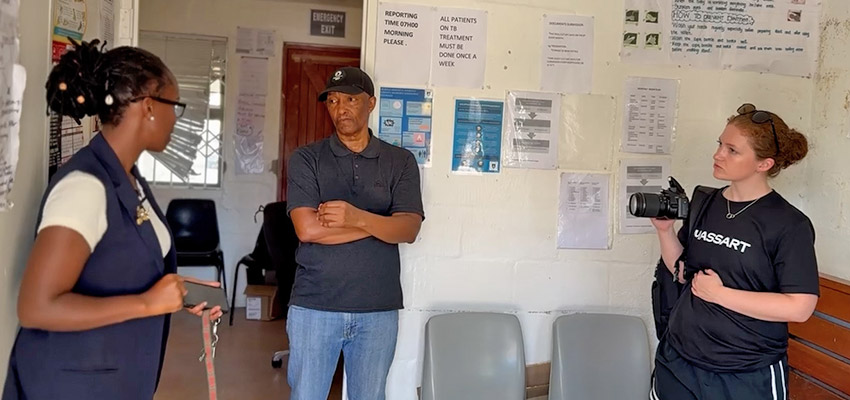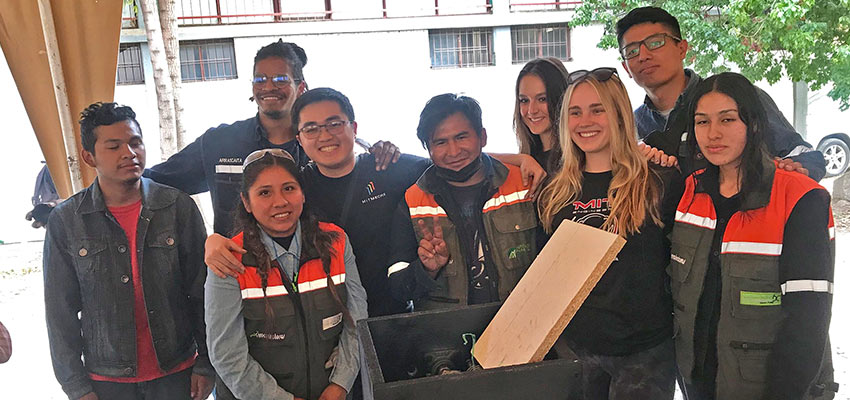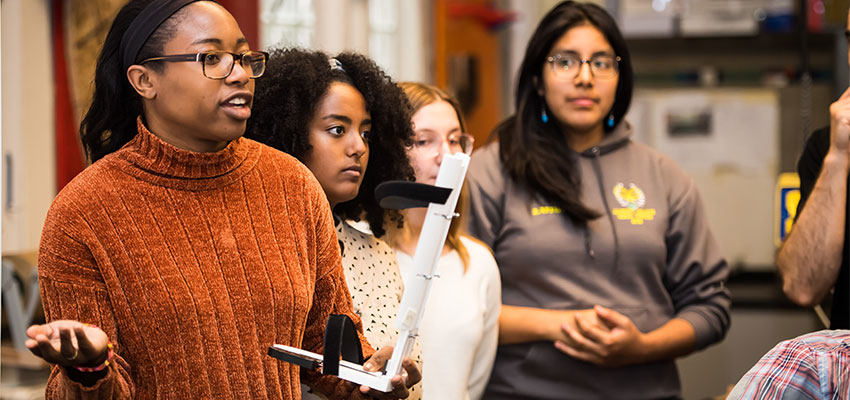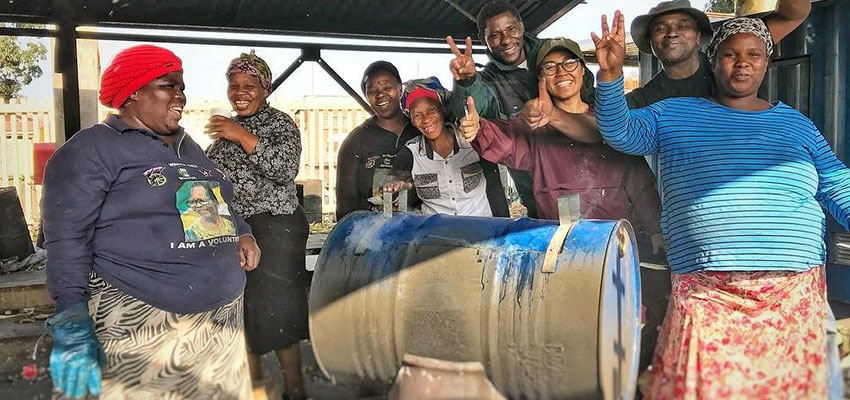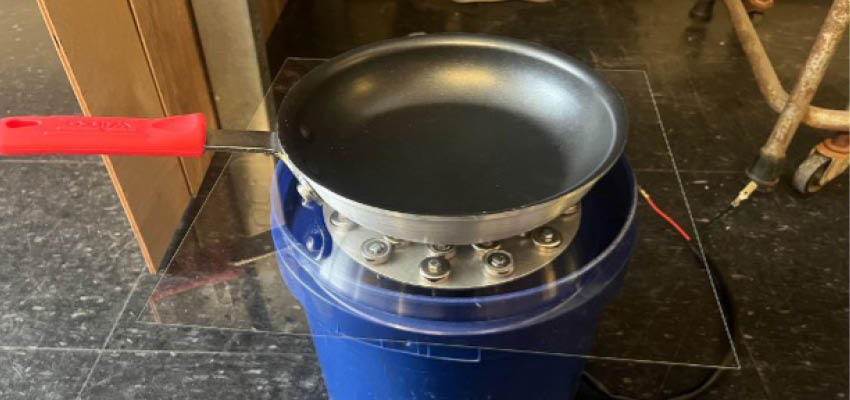
Developing a solar-powered induction cooking system to mitigate indoor air pollution in Nepal.
MIT D-Lab class
D-Lab: Design (2.722J / EC.720) - Spring 2024
Student team
MIT students unless otherwise noted.
- Eva Oppenheim ‘25 - Third-year undergraduate MIT aerospace engineering student from northern California.
- Lukas Hanson-Puffer ‘24 - Undergraduate MIT student from London, studying Economics and Management with a minor in Environment and Sustainability
- Sarah Stoops ‘25 - Third-year undergraduate MIT mechanical engineering student from northern California Nour Maalouf ‘24 - Nour is a fourth-year MIT mechanical engineering student concentrating in product design.
- Lilly Heilshorn ‘25 - Mechanical Engineering major from Pennsylvania who loves anything outdoors, especially scuba diving and sailing that is planning to concentrate in Sustainable Product Design.
Community partner
- Mahip KC
Problem
Our D-Lab team project is focused on developing a solar-powered cooking solution for Nepal. We were tasked with researching user needs in rural Nepal and constructing a prototype of a cooking system that would mitigate the highly lethal problem of indoor air pollution from wood-burning cooking fires. Our partners at the Nepal Innovation Center connected us with a Cal Poly professor with deep experience in solar cooker technology. The partner organization was interested in the possibility of us further developing and specializing one of the professor’s functional solar cooker prototypes (designed for use in rural areas globally).
After conducting a series of user interviews, though, we soon realized that the existing designs would likely be extremely limited in potential for adoption, so we shifted to ideating on novel concepts for the solar cooker. Through interviews and research, we arrived at the idea of constructing a solar-powered induction stove using eddy currents. We constructed several prototypes and are in the process of working on a more finalized version to use for more thorough testing and validation. Ultimately, we hope to prove that our design concept is feasible and that it could present an avenue for people in rural Nepal to replicate their current cooking practices as closely as possible without risking their health to indoor air pollution.
Process
We were given a budget of $500 for the course of the project. Although there were some major deadlines established by the course syllabus (i.e., the dates of major design reviews), we generally were left to develop our project timeline as a team. We constructed a Gantt chart to organize our workflow and plan the tasks to be completed every week. Given the nature of our cookstove project, there were several immediately evident design requirements. We evaluated our solution concepts through a Pugh matrix on the following factors: air quality impact, compatibility with existing cooking methods, speed of use, energy source availability, and cost of local production. Our selected solution concept, the eddy current-driven induction cooker, scored highest in this Pugh matrix analysis when compared against a traditional wood-burning stove, a gas stove, an electric burner, and the Cal Poly-designed insulated electric cooker. We are now in the final stages of prototyping, and have simplified our design significantly.
Proposed solution
Our design includes an electric motor, an aluminum plate mounted to the motor with twelve magnets of alternating polarities affixed, and support structures (including safety containers and a plexiglass platform upon which to place the pan for cooking). In earlier stages we attempted to implement a gear train to make the mounted-magnet plate spin faster than the motor; however, we did not sufficiently account for the decrease in torque as a result of this decision. This prevented our prototype from rotating the mounted-magnet plate (originally made of wood) sufficiently, so we have since decided to use thinner but stronger material (aluminum) and mount the plate directly onto the motor shaft. Once this prototype is complete, we will proceed through our test plan to validate its functionality. This will include varying the thickness of the plexiglass platform and power levels supplied to the motor and measuring maximum temperature and heating time on the cooking pan. We are working well within the budget established for the project and are on track to meet and validate our design specifications in time for the final design review.
Contact
Eliza Squibb, D-Lab: Design Instructor


